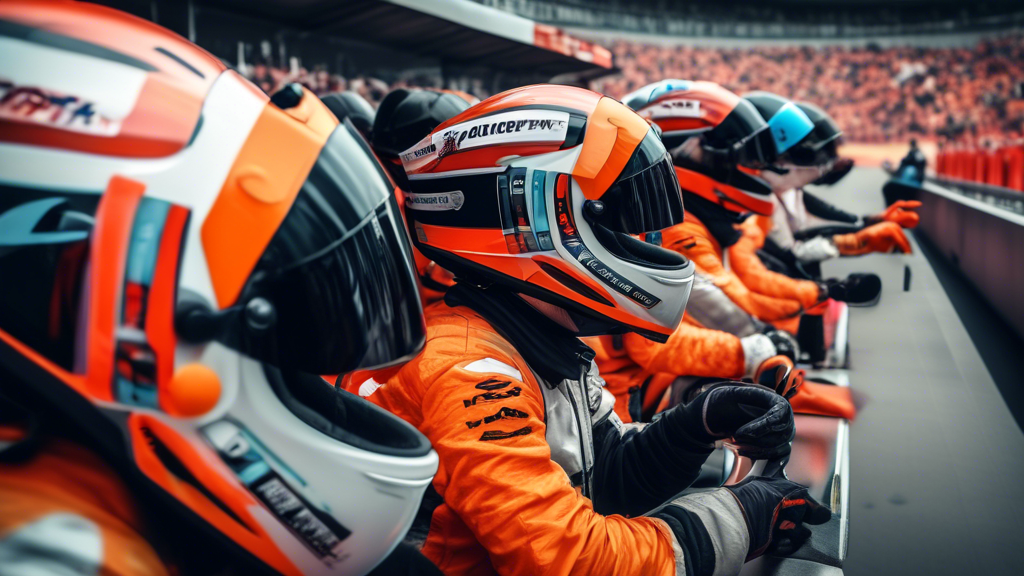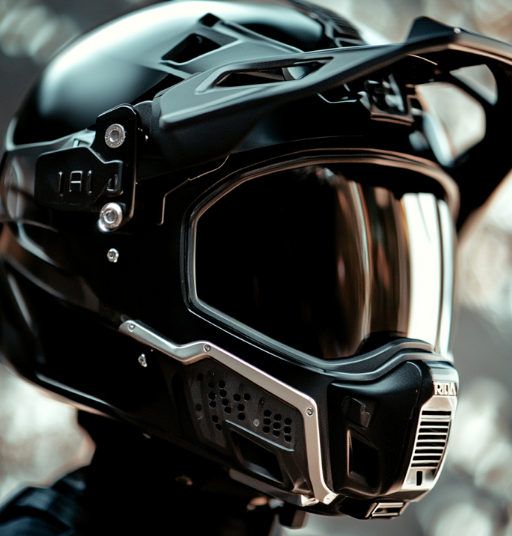Helmet cameras have grown immensely in popularity, evolving from niche tech tools to essential gadgets for motorsports and recreational activities. This article explores their integration in Formula 1, legal implications, and broader uses across various sports. As technology advances, the importance and utility of helmet cams are becoming increasingly pronounced across different fields.
The Evolution of Helmet Cameras in F1
The journey of helmet cameras in Formula 1 is a tale of technological advancement and innovation. Beginning in 1994, when Mark Blundell debuted the first helmet-mounted camera at the Belgian Grand Prix, these devices have seen significant evolution. It wasn’t until 2021 that the modern, compact version emerged with Fernando Alonso and George Russell using them during their races. This iteration, named the Driver’s Eye, is a micro camera developed by Racing Force, which also manufactures Bell helmets. Measuring just 8 millimeters in diameter and weighing 2.5 grams, it fits snugly within the driver’s helmet, providing fans with immersive, eye-level footage.
Currently, in the 2023 season, up to eight F1 drivers can have these cameras mounted on any given Grand Prix weekend. However, limitations in broadcasting infrastructure mean not all footage can be streamed, favoring traditional onboard and rear-view cameras for broader broadcasts. Despite these restrictions, helmet cameras provide a unique experience for fans, enhancing the thrill of Formula 1 races.
Legal and Practical Use Outside Formula 1
Helmet cameras are not limited to the high-speed world of Formula 1; they play a pivotal role in everyday life too, especially for motorcyclists. These cameras have proven crucial in legal contexts, particularly in accident scenarios, where they help to pinpoint culpability and influence insurance negotiations. Given their potential legal significance, maintaining the camera’s integrity and ensuring compliance with U.S. Department of Transportation (DOT) regulations is crucial.
In equestrian sports, the United States Equestrian Federation (USEF) has adopted a more flexible approach, allowing competition organizers to determine the use of helmet cameras. Riders opting to use them must weigh potential risks but can reap benefits in terms of reviewing performance and ensuring personal safety.
Further advancing the immersive capabilities, additional innovations like gyro-cams have been introduced, enhancing the viewing experience by simulating the tilt and banking of high-speed corners. These features illustrate the dynamic possibilities helmet cameras offer, pushing the boundaries of real-time spectator engagement.
As helmet camera technology continues to develop, its applications are set to expand even further. Whether used for professional sports broadcasting or personal safety, their role in capturing precise, real-time footage provides an invaluable tool for fans, athletes, and legal practitioners alike. With ongoing improvements and adaptations, helmet cameras stand poised to redefine engagement and evidence-gathering in numerous arenas, marking the start of a new era in technological integration in sports and real life.


